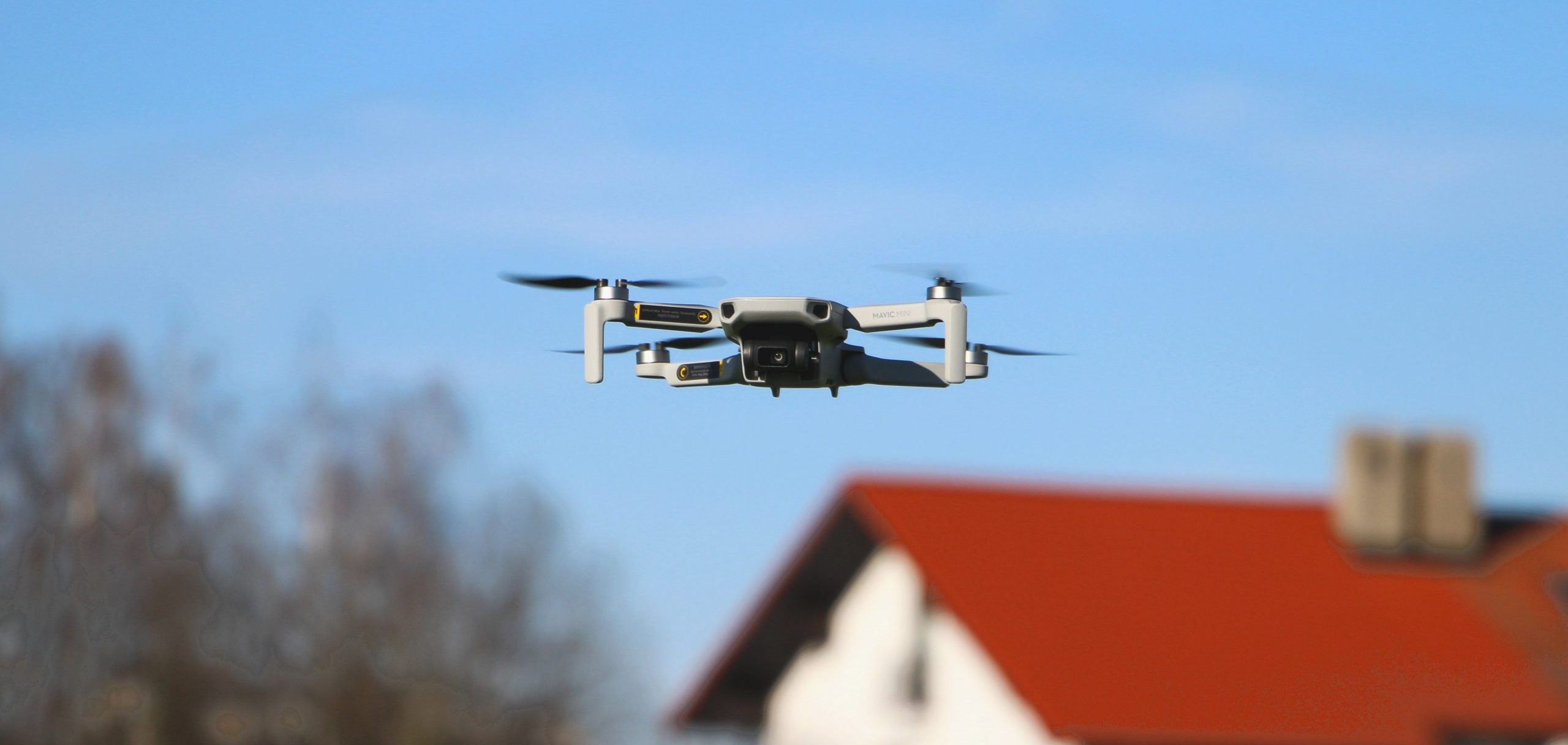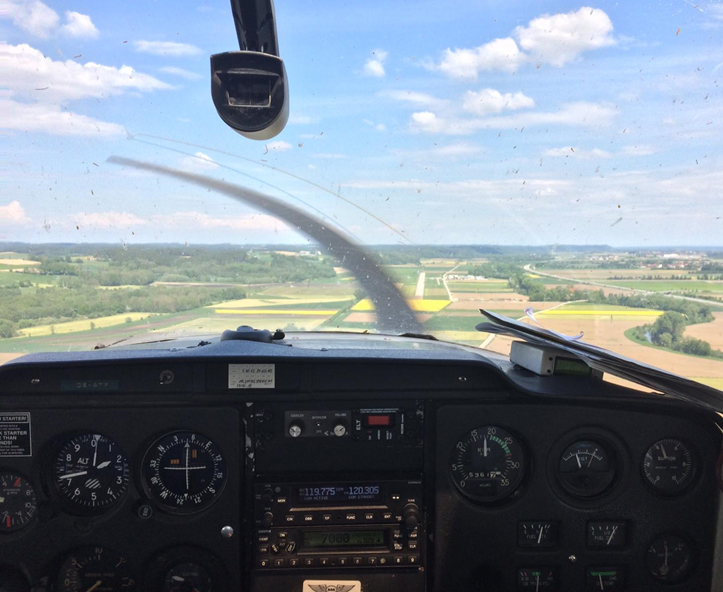Safe Operation and Responsibilities

This sub-chapter deals with the safe operation of unmanned aircraft and the responsibility of remote pilots.
It is not necessary for remote pilots to be familiar with the complex rules of the airspace structure for manned aviation as UAS use only a small part of the lowest airspace. Nevertheless, knowledge of manned aviation helps to understand some regulations when it comes to airspace division, control zones or other special airspaces.
Responsibilities
Remote pilots have the same responsibilities as pilots in manned aviation. They use the same airspace and are thus responsible for the lives of passengers in other aircraft if those passengers are endangered by the remote pilot’s operations.
The responsibility for the operation of an unmanned aircraft is shared between the UAS operator and the remote pilot.

The UAS operator is the legal or natural person who operates or intends to operate an unmanned aircraft.
In many cases, especially in the private sector, the operator and remote pilot are the same person. However, this is not always the case: for example, a film studio as UAS operator could own an unmanned aircraft while individual employees control it as remote pilots.
The remote pilot is the natural person who actually controls the UAS.
Before starting operations, the remote pilot must:
- check whether he/she has a valid certificate for the respective sub-category,
- obtain up-to-date information on geographical zones for the intended flight,
- check the surroundings, check for obstacles and determine whether uninvolved people are present,
- ensure that the UAS is in a safe and operational state and accordingly check the control,
- ensure that remote identification is working properly, if necessary,
- ensure that the maximum take-off mass has not been exceeded.
During the flight, the remote pilot must:
- keep the unmanned aircraft in sight (VLOS),
- monitor the surrounding airspace and avoid any risk of collision with manned aircraft,
- end the flight immediately if the flight poses a risk to aircraft, people, animals, the environment or objects on the ground,
- observe the information regarding geographical zones,
- operate the UAS in accordance with the manufacturer’s operating manual, paying particular attention to restrictions and limitations,
- adhere to any specifications of the UAS operator.
Violations of existing regulations and rules will be punished in the country in which this violation takes place.
“Good airmanship”
For the correct behaviour as a pilot, the term “Good airmanship” was created. It can be defined as follows:
The (remote) pilot is…
“familiar with the principles of aerodynamics,
has the ability to control the aircraft competently and precisely, both on the ground and in the air, and
has good judgment that ensures safe and efficient operation.”
Colloquially, “Good Airmanship” is what makes a pilot a “good pilot”. Although the operation of small unmanned aerial vehicles may look quite safe, it still involves danger – both for people and objects on the ground, and for other airspace users.
The duty of a good (remote) pilot, therefore, is to recognise risks and minimise them as far as possible.
Risks
In order to be able to recognise and assess the risks associated with the operation of a UAS, a distinction is made between ground risk and air risk.
Possible sources of danger are:
- Collisions with aircraft of any kind
- Near misses
- Loss of line of sight (VLOS)
- Radio link failure
- Empty batteries
- Using the UAS for criminal purposes
- Disruption of airport operations
- Loss of control of the UAS during flight
- Privacy breaches
- Inadvertent invasion of privacy
- Battery fire
- Property damage
- Disturbance of the peace
- Injury to people
Some of the danger sources can represent both an air and a ground risk.

Decision Making
If you follow the principles of “Good Airmanship” and have recognised the essential risks of UAS operation, you can plan based on the following decision-making principles:
- Any reckless behaviour must be avoided.
- Any risk must be avoided.
- If there is even a slight doubt about your own abilities, you should first practise in a safe environment.
- Constantly check the weather conditions and, if in doubt, postpone the flight.
- Observe and assess the environment constantly, even during the flight.
Rules of the Air
Similar to road traffic regulations, there are also air traffic rules. Amongst the most important of these are the rules of priority, which are very simple but crucial:
- Manned aircraft always have priority.
- Never fly recklessly or close to other aircraft, thereby creating a risk of collision.
- Other aircraft have priority if they are experiencing obvious problems.
- Landing aircraft have priority over aircraft taking off.
In addition, it is imperative that remote pilots observe the restrictions regarding the maximum flight altitude and that manned aircraft do not descend below their minimum flight altitude. This is the only way to ensure that the two types of aviation meet as rarely as possible.
Manned aircraft pilots find it almost impossible to detect unmanned aircraft because they are often busy with navigation, radio communication, checklists or looking for other manned aircraft.

It is extremely difficult to detect such a small object as a UAS at a normal approach speed of around 200 km/h. This is particularly critical during take-off and approach, when the aircraft operates below the minimum safe altitude.
Should another unmanned or manned aircraft suddenly or unexpectedly appear in the vicinity, the flight should be ended safely and as quickly as possible and should only be resumed once the risk of a collision has been eliminated.
Visual Line of Sight (VLOS)
Unmanned aircraft in the OPEN category are operated in direct line of sight. This is described using the abbreviation “VLOS” (visual line of sight). It makes no difference whether operation takes place during the day or at night with the addition of lights.
Direct line of sight means that the remote pilot is able to maintain uninterrupted visual contact with the unmanned aircraft without technical aids so that the flight path can be controlled in such a way that collisions with other aircraft, people and obstacles are avoided.
If a UAS is operated outside of the visual range, this is referred to as “Beyond Visual Line of Sight” (BVLOS). In the OPEN category, this is only allowed in exceptional cases and under strict conditions and safety precautions.
In addition, UAS in classes C0 or C1 can be equipped with a so-called “Follow-Me” mode. In this mode, the UAS automatically follows the remote pilot, e.g., to film him/her.
If such a mode is available, the distance between the remote pilot and the UAS must not exceed 50 m; the software automatically regulates this distance and does not allow it to increase.

“First Person View” (FPV)
A special operation is possible if a second (qualified) person acts as an observer. This person then assumes all the duties of the remote pilot with regard to the monitoring of the airspace and the environment, while the controlling remote pilot, for example, flies with the help of so-called FPV googles.
This procedure is also known as “First Person View” (FPV). Through the use of camera technology attached to the UAS, it allows the remote pilot to follow the flight from the point of view of the unmanned aircraft.
In this case, some preconditions must be met: the observer must be next to the remote pilot and must be able to observe the unmanned aircraft directly. Direct and effective communication must be established between the two persons in order to ensure safe conduct of the flight.
Nevertheless, the remote pilot remains fully responsible for the flight.

Dangerous Goods
The transport of dangerous goods with unmanned aircraft of the OPEN category is prohibited.
UAS must not have any dangerous goods on board (the only exception is fuel or the energy source, e.g., battery, and are generally not allowed to drop anything, regardless of whether these items are considered dangerous or not.
Dangerous goods and hazardous substances are all objects or substances which, in the event of an incident or accident, pose a risk to health, safety, property or the environment, in particular:
- explosive substances
- gases
- flammable liquids and solids
- inflammatory (oxidising) substances and organic peroxides
- toxic and infectious substances
- radioactive substances
- corrosive substances.
Incident and Accident Reporting
Civil aviation is protected by a dense network of reporting obligations. Every accident and incident must be reported to the responsible authorities, not to find the guilty party and to impose penalties, but solely to investigate how a possible danger can be eliminated in the future.
The only goal of incident reports is to avoid future accidents. Therefore, the authorities are not allowed to impose sanctions on people who are involved in such an incident.
An incident must always be reported to the responsible authorities if:
- someone was seriously injured by an unmanned aircraft,
- someone was killed by a UAS,
- there was a near-collision or incident with a manned aircraft.
The civil aviation authorities of all states publish how reports can be submitted in their area of activity. In both Germany and Austria, as in many other countries, reports can be made using an online form. This service is free and available at all times.
Germany: https://onl-meldung.bfu-web.de/onlmeldung
Austria: https://www.austrocontrol.at/occ
Content by AIRCADEMY
Graphics / Photos:
atimedia from Pixabay, Natuska/Depositphotos.com, gurZZZa/Depositphotos.com, Sandra Wechselberger, Deutsche Post AG, 142737069/depositphotos.com
